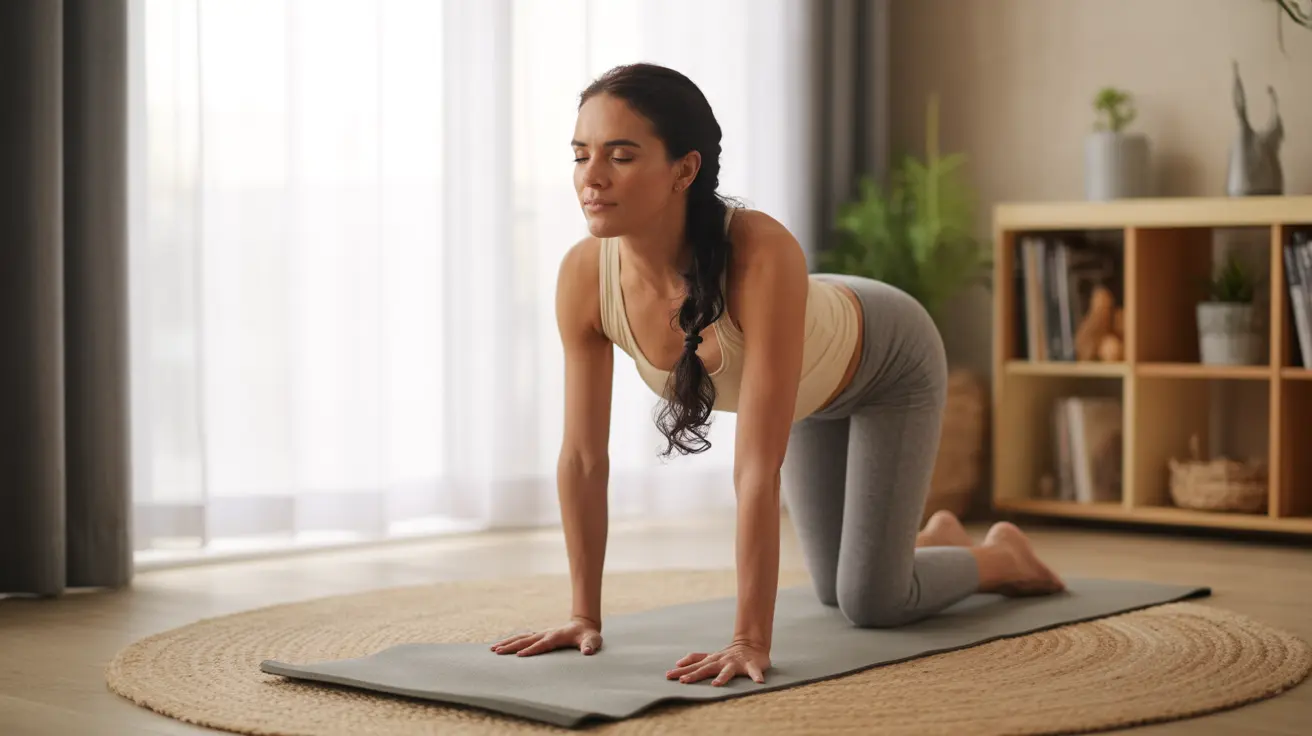Lower back pain affects millions of people worldwide and can significantly impact daily life. Whether caused by poor posture, muscle strain, or underlying conditions, understanding how to fix lower back pain is crucial for maintaining quality of life and preventing future discomfort.
This comprehensive guide will explore effective strategies, exercises, and lifestyle modifications to help alleviate lower back pain and prevent its recurrence. We'll focus on practical solutions you can implement at home while also discussing when professional medical attention might be necessary.
Understanding the Root Causes of Lower Back Pain
Before attempting to fix lower back pain, it's essential to understand what might be causing it. Common causes include:
- Poor posture
- Muscle strain or injury
- Weak core muscles
- Sedentary lifestyle
- Improper lifting techniques
- Excess weight
- Stress and tension
Effective Exercises for Lower Back Pain Relief
The right exercises can significantly help reduce lower back pain and prevent future episodes. Here are some proven exercises that can be safely performed at home:
Gentle Stretching Exercises
Start with these gentle stretches to improve flexibility and reduce tension:
- Cat-Cow stretch
- Child's pose
- Knee-to-chest stretches
- Hamstring stretches
- Pelvic tilts
Core Strengthening Exercises
Building core strength is crucial for supporting your lower back:
- Modified planks
- Bird dog exercise
- Bridge pose
- Wall sits
- Partial crunches
Posture Improvement Strategies
Maintaining proper posture is essential for preventing and reducing lower back pain. Focus on these key areas:
Sitting Posture
When sitting for extended periods:
- Keep feet flat on the floor
- Maintain a straight back
- Position computer screens at eye level
- Use lumbar support when needed
- Take regular breaks every 30-60 minutes
Standing and Walking Posture
While standing or walking:
- Keep shoulders back and relaxed
- Engage core muscles
- Distribute weight evenly on both feet
- Wear supportive footwear
Activities to Avoid with Lower Back Pain
Certain movements and activities can worsen lower back pain. Exercise caution with:
- Heavy lifting without proper form
- Prolonged sitting without breaks
- High-impact exercises
- Sudden twisting movements
- Activities that cause sharp pain
When to Seek Professional Help
While many cases of lower back pain can be managed at home, certain symptoms warrant immediate medical attention:
- Severe, persistent pain
- Pain radiating down the legs
- Numbness or tingling
- Loss of bladder or bowel control
- Pain accompanied by fever
- Pain following an injury
Frequently Asked Questions
What are the best exercises to fix lower back pain at home?
The most effective exercises include gentle stretches like cat-cow, child's pose, and knee-to-chest stretches. Core-strengthening exercises such as modified planks and bridge poses are also beneficial when performed correctly and consistently.
How can improving posture help reduce lower back pain?
Good posture helps maintain proper spine alignment, reduces muscle strain, and distributes body weight evenly. This prevents unnecessary stress on the lower back and helps alleviate existing pain while preventing future issues.
What activities or movements should I avoid if I have lower back pain?
Avoid heavy lifting, sudden twisting movements, and high-impact activities. Also, limit prolonged sitting and activities that cause sharp pain. When necessary, modify movements to maintain proper form and reduce strain on your back.
How does weak core strength contribute to lower back pain, and how can it be improved?
A weak core provides insufficient support for the spine, leading to increased stress on back muscles. Regular core-strengthening exercises like planks, bridges, and bird dog poses can help build the necessary strength to support proper spine alignment and reduce pain.
When should I see a doctor instead of treating lower back pain myself?
Seek medical attention if you experience severe, persistent pain, numbness or tingling, pain radiating down the legs, loss of bladder or bowel control, or if the pain is accompanied by fever or follows an injury. These symptoms may indicate serious conditions requiring professional evaluation.




